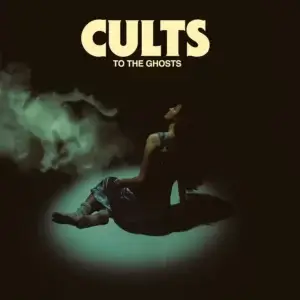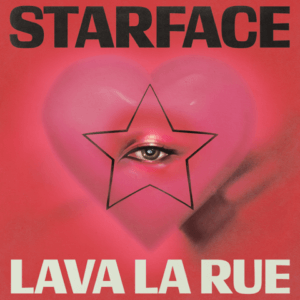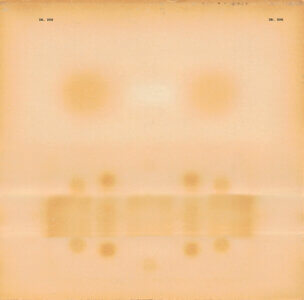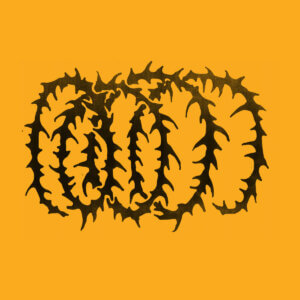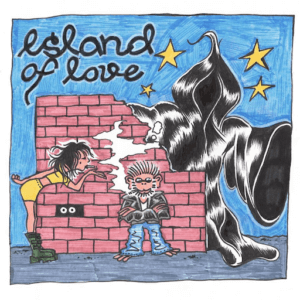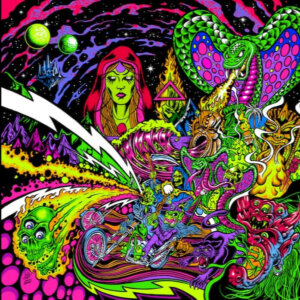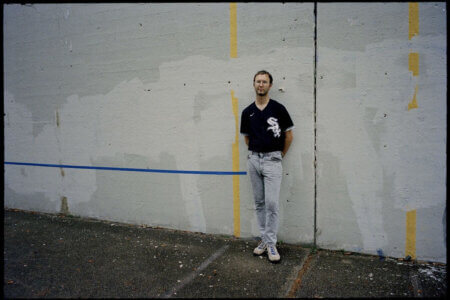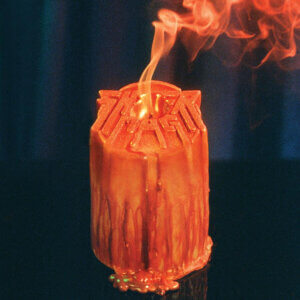
8.5
The White Stripes Greatest Hits
The White Stripes
It’s been 13 years since garage-blues revivalists the White Stripes broke up, and it’s taken just as long for the candy-coloured duo to release their first official anthology. Ever the champions of simplicity, they’ve named the album in the same spirit: The White Stripes Greatest Hits.
The 26-song time capsule opens with the band’s 1998 debut recording, the crusty bottle rocket “Let’s Shake Hands.” From there, the album spans from “Screwdriver,” the first song Jack and Meg White wrote together, to their sixth and final album, 2007’s Icky Thump. The compilation rounds up the band’s best known songs: clanging single “Fell in Love with A Girl” captured global audiences’ hearts with its iconic LEGO video, and sports fans still chant the melody of “Seven Nation Army” throughout stadiums around the world.
The White Stripes Greatest Hits reflects the band’s most recurrent themes. The narrator on “The Hardest Button To Button” recalls growing up in economic hardship. “Icky Thump” ties together the band’s preoccupation with entitlement, role reversals, and power-switches. Here, Jack plays a rich white American who gets assaulted and robbed while on vacation in Mexico. “Icky Thump” criticizes America’s exploitation of migrant labourers, making it one of the White Stripes’ rare political songs. “I’m Slowly Turning Into You” and “The Nurse” also speak to becoming someone else and power dynamics. The titular nurse seems to conspire to feed her helpless patient poison from a spoon.
As the band’s colour code suggests, they also had a sweet side. They heaped on the sugar when they sang about puppy love, like on “You’re Pretty Good Looking (For A Girl)” and “Apple Blossom.” No song captured the White Stripes’ nostalgia for childhood innocence better than “We Are Going To Be Friends.”
The White Stripes operated according to the philosophy that limitations force creativity. Throughout their existence, they forced themselves into a box with three sets of three essential elements: guitar, drums, and vocals; rhythm, melody, and songwriting; and red, black, and white. But by the band’s fifth album, 2005’s Get Behind Me Satan, the sides of their self- imposed box began to split. Greatest Hits displays these fissures. “The Nurse” was the first notable example because it was composed around marimba. Then came their galloping cover of Corky Robbins’ “Conquest” with its sweltering, sunbaked trumpets. (The band later released an even more parched mariachi version.) Glaringly, though, the album leaves out one of the band’s most unique – and personally significant – songs: the bagpipe-powered “Prickly Thorn, But Sweetly Worn” nods at Jack’s Scottish heritage, which links him to a musical lineage including Nova Scotian fiddlers Buddy & Natalie MacMaster and Ashley MacIsaac.
As “Conquest” shows, the White Stripes had a magical knack for covers. The breadth of artists the band covered deserves its own anthology. But some of their best covers were live exclusives, and often only played as part of a medley. So while you won’t find their take on Beck‘s “Devil’s Haircut” or Yeah Yeah Yeahs’ “Man” on Greatest Hits, you will hear Dolly Parton’s burning heart classic “Jolene,” Son House’s ashen “Death Letter,” and an impassioned, aching rendition of Burt Bacharach & Hal David’s “I Just Don’t Know What To Do with Myself.” As the White Stripes’ extensive repertoire of covers attests, their true essence was as a live band. Most of the songs on Greatest Hits sounded vastly different in front of an audience. On any given night, the White Stripes would change a song’s lyrics, rhythm, melody, or tempo; they’d jam a guitar solo where it didn’t exist on record or stretch an existing one into an electrifying, feedback-drenched opus. To these extents, combined with the fact that many of the White Stripes’ most beloved songs are their myriad B-sides, this collection feels incomplete. Fortunately, though, the White Stripes have more than enough live albums to complete the picture.
With a band as consistent and productive as the White Stripes, one can argue all day about what songs a greatest hits collection is missing. But if you focus on how well the collection reflects the band’s evolution, career markers, and overall dynamism, the way most fans heard them – on record rather than in concert – then The White Stripes Greatest Hits is simply hard to beat.
Pre-order The White Stripes Greatest Hits here
Latest Reviews
Tracks
Related Albums
Related News
Advertisement
Looking for something new to listen to?
Sign up to our all-new newsletter for top-notch reviews, news, videos and playlists.


